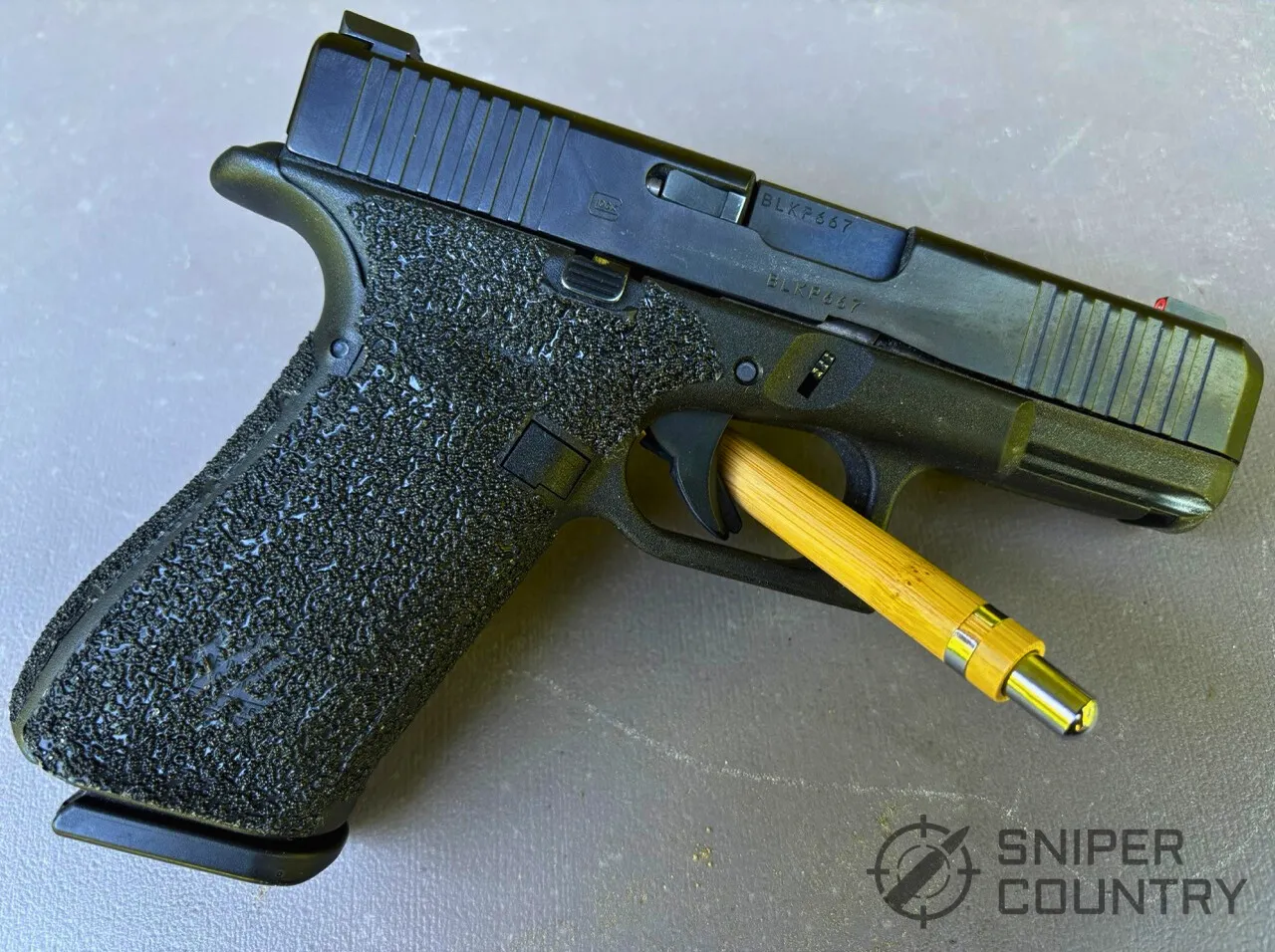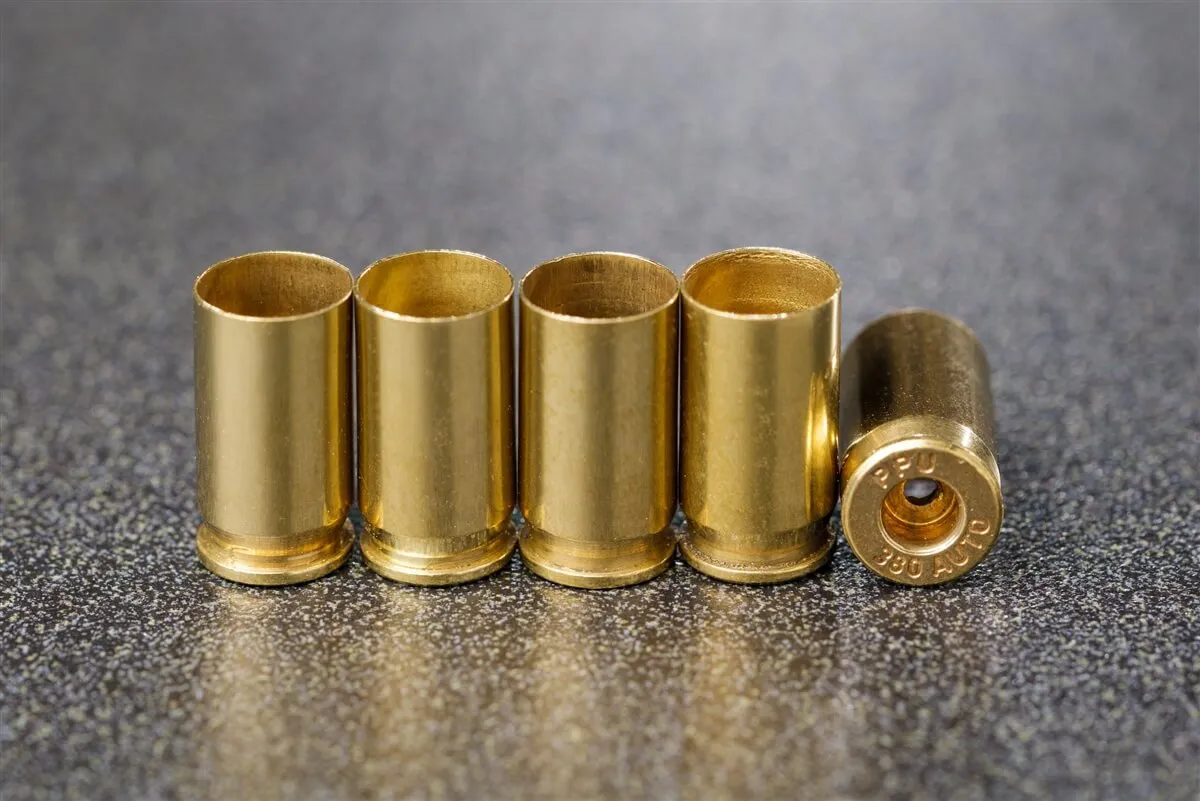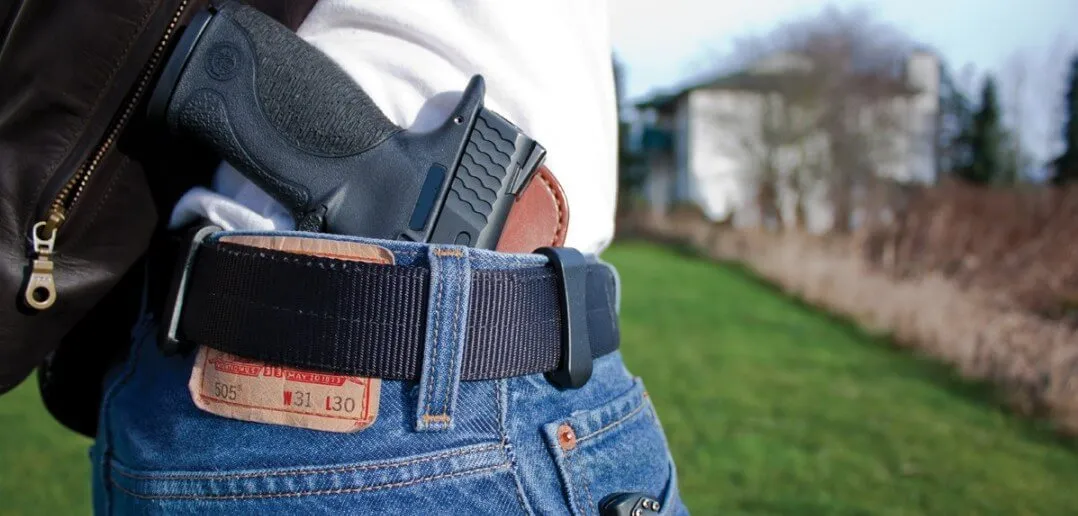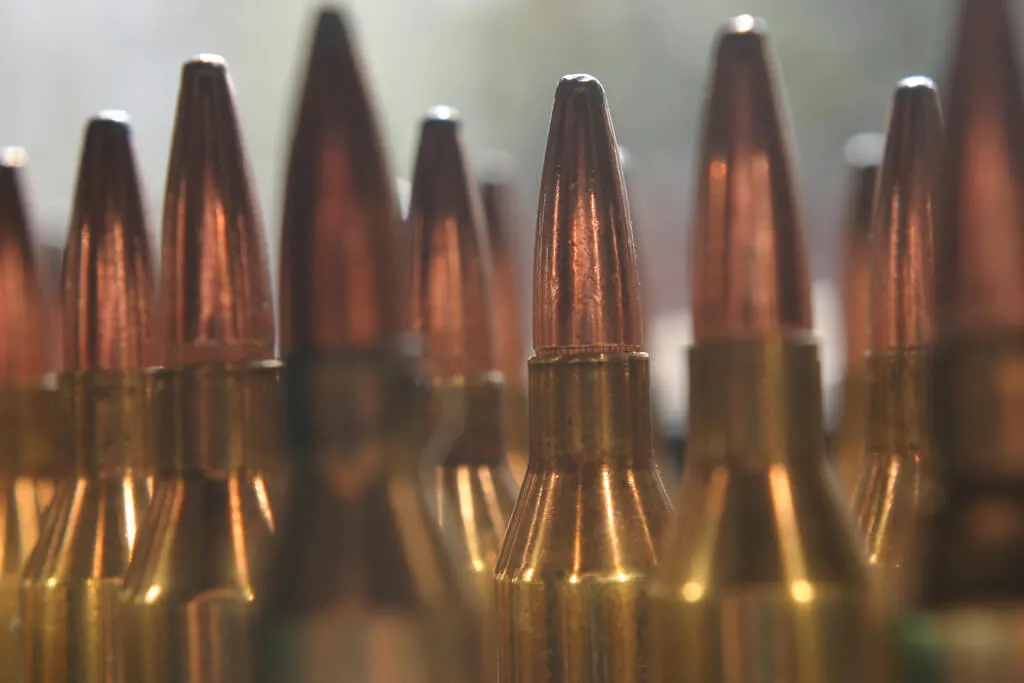
Clips and magazines are two gun terms that even newbies and the general public are familiar with. Mass media tells us they are the same thing, that is, unfortunately, not the case. In the gun community, they say it’s easy to spot a beginner when they confuse clips with magazines. Moreover, calling the magazine a clip is a pet peeve of some gun owners in the gun community. I’ll help you learn the difference between a clip vs magazine, so you don’t interchange them and irk somebody online or at the range.
Let’s first differentiate the two, starting with the clip.
What Is a Clip?

A clip, or an ammunition clip, is a device that stores individual rounds together to form a single unit. Manufacturers usually make clips out of steel stamping. In addition, you load this single unit into the magazine.
BONUS OFFER: Get your free shooting range targets to print at home!
Get your free targets to print at home!
Despite the common use of the term, clips are uncommon today because most modern firearms don’t use them. Clips were also developed for military use where the rate of fire is important. Clips make it easier, faster, and more efficient to load multiple rounds. Nowadays, recreational shooters utilize clips for high-volume shooting.

There are two common kinds of clips, the stripper and the en bloc. Strippers are more popular and were first used in infantry bolt action rifles like the Mosin Nagant and the Lee-Enfield. Shooters also used stripper clips for newer semi-automatic rifles with internal box magazines, like the SKS and Hakim Rifle. To use one, you load the rounds onto the strip of metal, position it on top of the magazine, “strip” the rounds off the clip, and you push down the rounds in one motion into the magazine. Additionally, stripper clips also top off detachable box magazines for semi-automatic and automatic rifles. To do this, you place a magazine loader on the lip of the magazine, place the clip inside the loader, and push the rounds into the magazine.

Meanwhile, en bloc clips insert into the magazine. This type of clip pushes rounds up into the chamber and ejects them from the rifle when you fire the last round.

We use moon clips for revolvers. Half-moon clips hold three ammunitions while full-moon clips can hold six. They are circular (or half-circle) pieces of thin spring steel that hold cartridges at the base. In addition, moon clips are the only type of clips that don’t feed into a magazine. Instead, it feeds into the revolver wheel. You can usually see moon clips in the chambers of automatic pistol cartridges. Shooters often use them to chamber rimless semi-automatic pistol cartridges into a revolver. They made moon clips as a solution to load and extract .45 ACP cartridges from a typical revolver cylinder. Nowadays, people also use moon clips for rimmed cartridges to allow faster reloading or unloading of a revolver ― they say it’s even faster than using a speedloader. Check out Personal Defense World to learn more about the history and uses of moon clips.
So now we know what a clip does. While they may not be as essential as magazines, some guns do need clips for them to work. The M1 Garand uses en bloc clips. Old school guns like the Mosin Nagant use a stripper clip for the internal magazine. Learn more about the history of the Mosin Nagant.
Popular Articles
What Is a Magazine?

Magazines are chambers for holding cartridges and feeding them to the gun breech. The gun breech is the area in the gun where the ammunition is extracted or inserted into the firing chamber. Learn more terms by checking our glossary.
Clips feed rounds into magazines. Magazines feed ammunition into the gun breech using springs. You can load cartridges into a magazine by hand but clips make the job faster and more efficient. All guns ― except for revolvers and single-shot firearms ― have magazines. We’ve mentioned two categories of magazines: internal magazines and removable/detachable magazines. Magazines are also classified by shape: box magazines and tubular magazines. Box magazines can be internal or detachable. Modern-day semi-automatic rifles like the AR-15 and AK-47 use this type of magazine.
Meanwhile, tubular magazines are fixed to the firearm and you can usually find them underneath the gun barrel or in the buttstock for some older .22 rifles. In addition, you can find these magazines on some .22 rifles, pump and semi-automatic shotguns, and most lever-action rifles. Tubular magazines feed cartridges into the gun chamber via a tube, spring, and the firearm’s action, such as the lever for lever action, pump for pump-action, and charging handle on semi-automatic weapons.
The distinction sounds simple, right? So where did we start getting confused?
The History

During World War II, the military heavily used one kind of rifle: the M1 Garand. After the war, veterans came back to the United States and called anything that loaded cartridges into a firearm a “clip.” The misnomer stuck, with the clip vs. magazine confusion persisting into today. There’s a website dedicated to it if you want to learn more about the history of the M1 Garand. We also have a guide on how to accurize an M1 Garand if you are interested in owning one.
Summary: Clip vs. Magazine

In conclusion, clips feed magazines and magazines feed firearms. You can compare it to how books are made and hold a bunch of papers together using binding tape. You then enclose them with the cover and spine of the book. The sheets of paper are the cartridges, the clip is the binding tape, and the magazine is the cover and spine.
Most gun enthusiasts will probably understand what you mean when you say “clip” instead of “magazine,”, but it doesn’t hurt to be correct now that you know better. You’re saving yourself from the wrath of the online community or someone in a gun shop or at the range by doing so.
If you want some quick videos explaining clips vs. magazines, check out these two down below:
If you still prefer a traditional speed loader get yourself the Magorui Speed loader or read our The 4 Best 9mm Speed Loaders article.







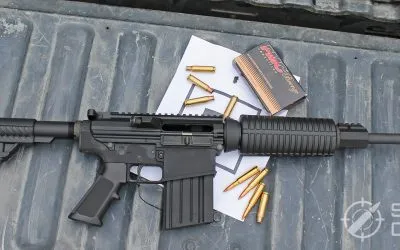
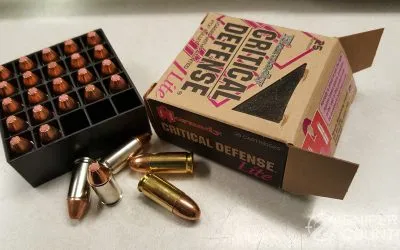
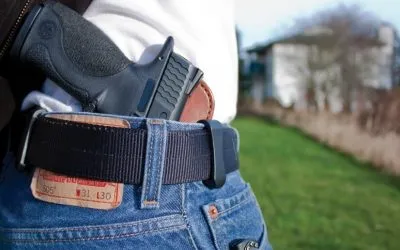
![9mm Glock Models [Ultimate Guide]](https://snipercountry.com/wp-content/uploads/2018/10/Glock-17-vs-Glock-19-vs-Glock-26-vs-Glock-41-vs-Glock-43-WM-400x250.webp)
![Handgun Caliber Chart [2025 Ultimate Guide]](https://snipercountry.com/wp-content/uploads/2018/10/Handgun-Caliber-Comparison-400x250.webp)
![Rifle Calibers [Ultimate Guide]](https://snipercountry.com/wp-content/uploads/2018/12/Header-1900-400x250.webp)





